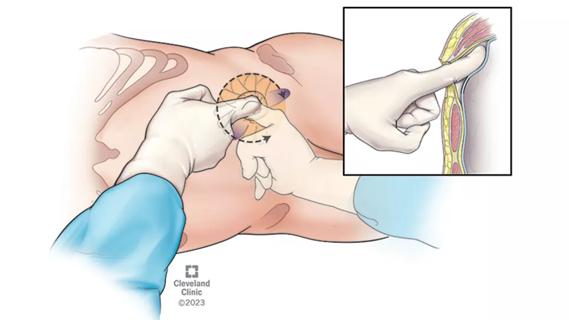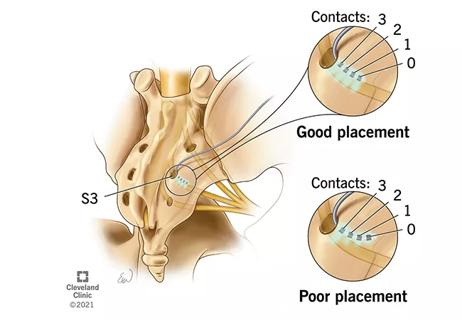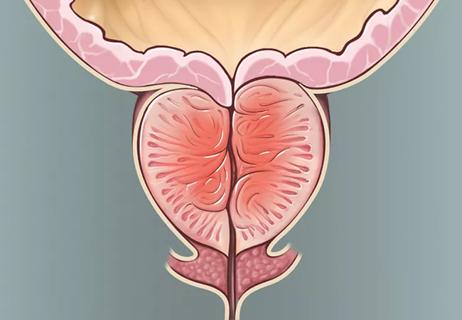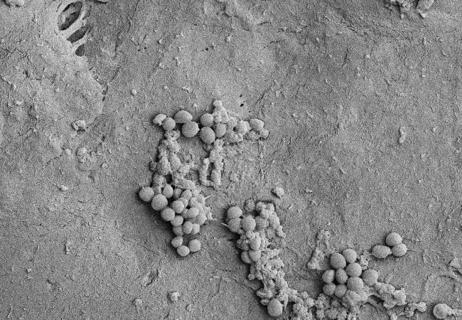Prospective study shows thigh dissection can help

Transobturator mid-urethral sling placement for stress incontinence, while posing slightly less risk of bladder obstruction than retropubic slings, can cause rare debilitating de novo neurologic symptoms, commonly in the groin or thigh.
Advertisement
Cleveland Clinic is a non-profit academic medical center. Advertising on our site helps support our mission. We do not endorse non-Cleveland Clinic products or services. Policy
Cleveland Clinic Glickman Urological and Kidney Institute female urology specialists conducted a prospective series to evaluate thigh dissection with mesh removal for patients experiencing refractory thigh pain after all conservative management options were exhausted. Their study of 12 dissections in eight patients was published in The Journal of Urology.
In this video, study coauthor Howard Goldman, MD, who has a joint appointment in the departments of Urology and Obstetrics and Gynecology, discusses research findings.
Both transobturator and retropubic mid-urethral slings are used for stress incontinence in women, and there are some purported advantages to one or the other. The retropubic sling obviously has to go close to the abdominal cavity, and there are some rare reports of injuries using that route. There also appears to be a little higher rate of obstruction – bladder obstruction – after a retropubic sling.
On the other hand, a transobturator sling, number one, avoids the abdominal cavity, and number two, because of its lay, seems to have a slightly lower risk of obstruction. The flipside is there is some emerging data that perhaps the transobturator slings are not quite as efficacious for certain types of patients with stress urinary incontinence. So while you can get sometimes pain after a retropubic sling, which passes under the pubic bone, that’s usually pretty rare. On the other hand, with the slings that pass through the transobturator area, in studies at least 5 or 10 percent of patients have significant pain immediately after surgery. The vast majority of those, the pain resolves with time and conservative management, but in a small percentage, they actually develop what can sometimes be debilitating pain in the area of the groin in the thigh…
Find the full video transcript on YouTube.
Advertisement
Advertisement

Pioneering and refining the approach in pyeloplasty, nephrectomy and more

Unlike earlier pills, new drugs do not cause liver toxicity

Male factors play a role in about half of all infertility cases, yet men often are not evaluated

Hadley Wood, MD, shares her vision as the new editor-in-chief of Urology

Study leverages data from the ROSETTA trial

More on the procedure and the institutional experience

Explain some, but not all, of lower utilization

Study analyzes device biofilms, establishes basis for future developments